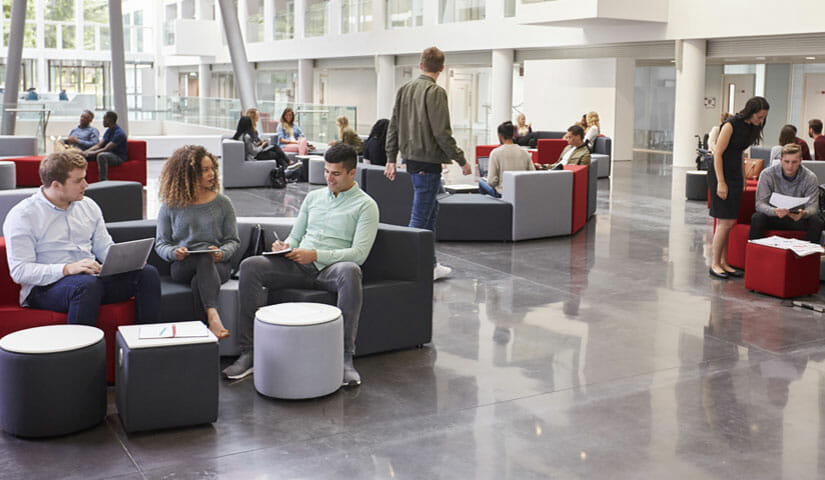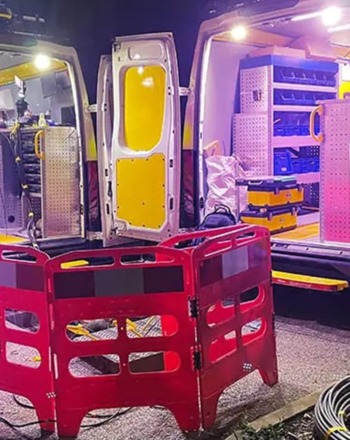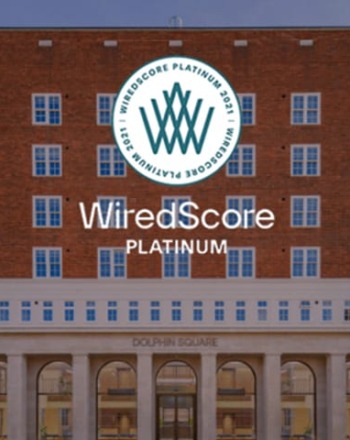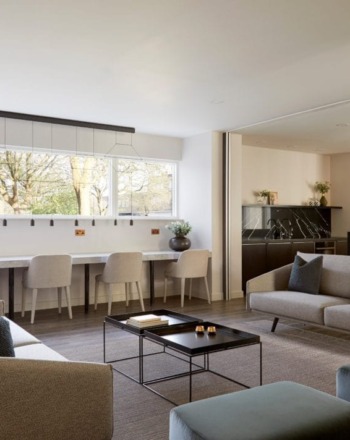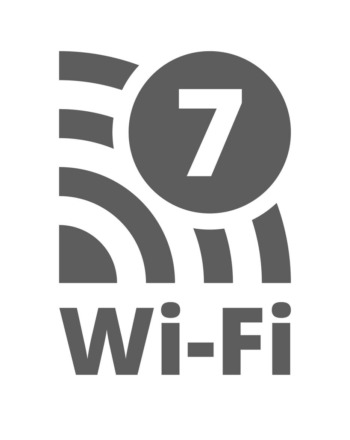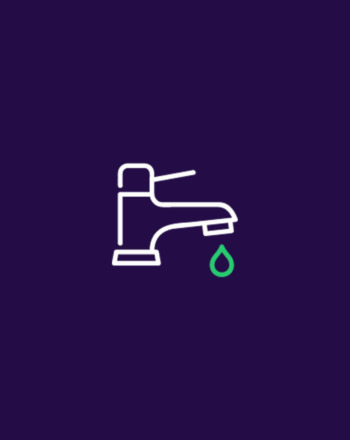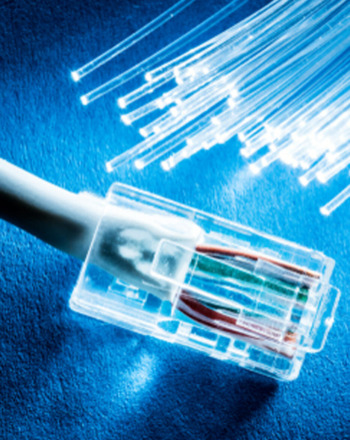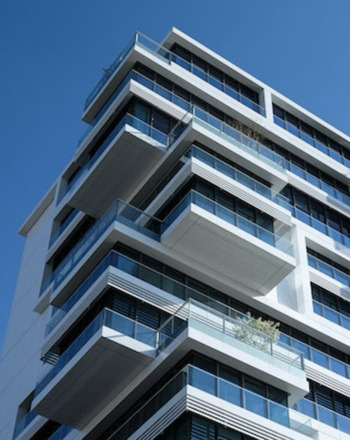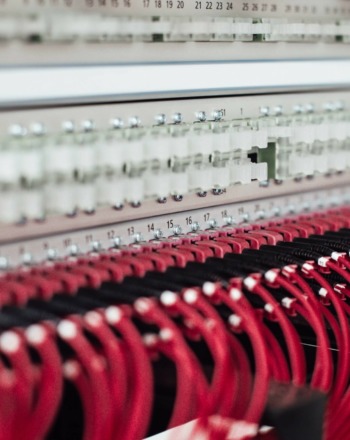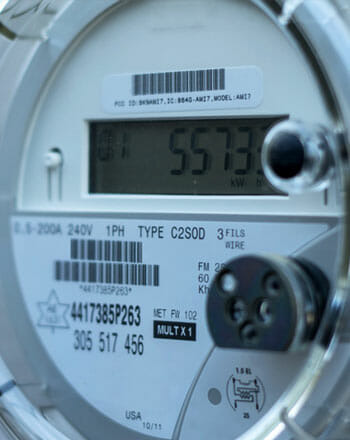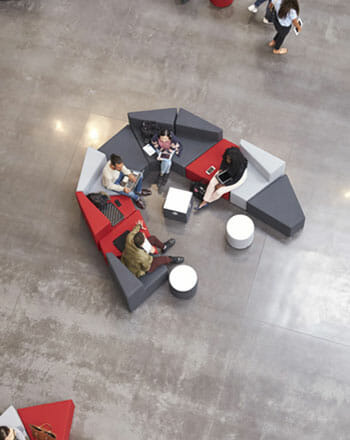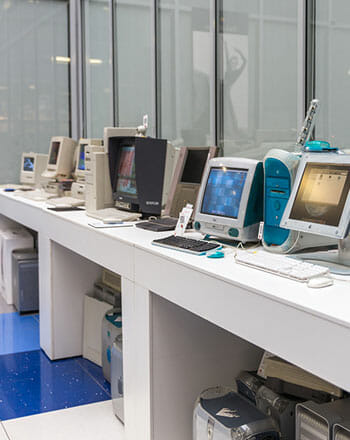On average a student will spend three to four years of their life at University. For the majority of students studying away from home, this means finding suitable residential or shared living accommodation.
However, as technology advances and the number of electrical devices we own increases, connectivity demands and the speed at which it performs is becoming a crucial decider when choosing where to live.
The most recent Student Accommodation Survey 2020 conducted by Knight Frank and UCAS highlighted that the speed of their internet connectivity ranked among students’ most important priorities. So much so, that 74% of students stated that they would pay a rent premium for high speed Wi-Fi. For PBSA developers and student buy-to-let landlords, this is now a top priority, in order to maintain student satisfaction and high occupancy rates.
To sustain this, fibre optic technology can future proof residential developments. It is considered to be the ‘digital plumbing’ of smart buildings and the essential building block to maintain the ultra-fast broadband speeds that student residents require in the long term. Additionally, for developers and landlords alike, this can have further benefits beyond student satisfaction. With fibre infrastructure and pervasive Wi-Fi in place, smart IoT devices can for example inform landlords of their tenants’ behaviour in using their heating and lighting and their energy usage, meaning bills can be reduced, saving money for landlords in the long run.
This article was originally published in Electronic Specifier.
Turning student accommodation smart
Traditionally, a student will begin their University life in a hall of residence. When housing hundreds of students, it is essential to have a stable infrastructure to provide sustainable ultra-fast connectivity to each resident. It is worth noting that broadband speeds typically increase by a factor of ten times every five years.
However, to be successful, developers need to implement a ‘fibre-first’ strategy when designing the underlying infrastructure that will power the building’s digital performance, not just in terms of internet speeds but also in domains such as power efficiency, environmental monitoring, smart automation, occupant analytics and predictive behaviour. Outside buildings it has long been the case that fibre is replacing copper, but the next natural step in this movement is to extend the fibre footprint into the buildings to provide full fibre connectivity to every apartment.
Fibre infrastructure and cabling technology represents an opportunity for residential buildings to become smart. When a building possesses high capacity fibre, this enables the building to become truly intelligent whilst enhancing occupant wellbeing.
Up until now, developers have been constructing buildings worth over £50 million, based on legacy design principles, which do not meet the requirements of today’s digitally demanding residents. However, planning fibre into the building from the beginning will ensure future capacity for the growth of connected devices. Everything from sensors monitoring the performance of white goods, to location technology providing granular detail on how people use the building is exponentially growing. This can provide interesting data, giving developers insights to carry forward into the next building design phase. A full fibre infrastructure delivers a flexible, adaptable and most importantly expandable platform that will help developers respond to the technology demands of the tenants of tomorrow.
The advances of proptech
From a facilities management point of view, there is a demand for buildings to become as green and innovative as possible. This can be achieved by monitoring and controlling energy usage. This in turn meets the desires of residents for their environment to be green and sustainable, as well as delivering cost savings to the operator. Technology supported by “full fibre to the premise” (FTTP) cabling can provide an enhanced way of achieving this by powering and complementing high-capacity Wi-Fi technology.
For example, students who have travelled to a UK university from a naturally humid country may struggle to adapt to the dramatic change in weather. To deal with this, some students are leaving their en-suite showers running for hours on the hottest setting to recreate the humidity they are used to. However, this costs landlords an enormous amount in utilities bills and is wasteful. But, with the infrastructure of fibre optic cabling and pervasive wireless to connect it to low power sensors, landlords are able to monitor tenants’ behaviour. Once they have identified a problem like this, landlords can approach the student and encourage them to change. If this does not help, the landlords can increase fees to cover the additional bills.
Fibre infrastructure and pervasive wireless technology also has a tangible end-user experience benefit. Consider the use of location-based technology in student accommodation. An international student arriving from overseas can use an app that knows their flight number and time of arrival, can then wayfind them to the student halls and take them all the way to their room. They can then open their door using their mobile phone, and find the lighting set to jet lag mode, the smart TV already logged into their Netflix and Amazon accounts and their smart speakers already playing the song they had set it to play when they set out.
Further to this, by implementing fibre cabling infrastructure and pervasive wireless technologies, developers and building managers can ensure that buildings are adaptable to future technological innovations. At the moment, many manufacturers are creating smart devices that can interact with other devices and networks through their own ecosystem, but nothing else. It is critical to have a platform in place from the time of a building’s construction that can interact with any protocol that arrives in a future standard. To future proof buildings and allow them to remain smart for years to come, it is vital that both high capacity fibre cabling and pervasive wireless infrastructure that can support multiple wireless protocols is installed. Over the next few years, the widespread deployment of Wi-Fi 6 will most likely remove the need for separate wireless networking for IoT devices. Until that happens we need IoT vendors to consistently support protocols like Zigbee to allow true multi-vendor, multi device deployments which are what will unlock the value of IoT for landlords of large residential apartment blocks and student accommodation.
Passing the expectation on to buy-to-let landlords
If implemented, fibre optic cabling can bring significant improvements to the lives of students in halls of residence. However, with the bar being set in the first year of study, students will inevitably expect at least the same internet speeds in their further years of shared living. So, to accommodate these needs, buy-to-let student landlords should also consider implementing fibre optic cabling to attract students.
A study into the experience of students in shared living revealed that 83% of tenants have experienced slow internet speeds in their accommodation. For student buy-to-let landlords this number is of high concern. To keep percentages down and student satisfaction high, it seems landlords may need to consider whether their property’s broadband and W-iFi speeds are meeting the expectations of tenants. By failing to meet these needs, landlords may risk losing student satisfaction, which could further affect future business. Students are not slow in making their feelings felt through social media.
Previously, broadband and Wi-Fi depended on a copper telephone network to supply internet access. In the past, this worked successfully to provide connectivity to single households. However, with a high number of tenants in close proximity, the growth of new technologies that rely on wireless internet access and tenants using multiple devices at once, internet speeds are under pressure. To deal with our reliance on our connected devices and the speeds they need, fibre optic cables and high-performance managed pervasive wireless networks are essential to meet the needs of people sharing private student housing.
The good news for buy-to-let landlords is that renters are now prepared to pay more for such services. Much like PBSA, the correct foundations need to be introduced to deliver the high calibre Wi-Fi now required. With fibre optic broadband installed in their accommodation as standard, tenants will experience an enhanced level of connectivity, with tangible advantages for the future as living experiences become even smarter.
Future proofing connectivity for generations to come
Through recent surveys and research, students have established where their priorities and expectations lie. For PBSA developers and student buy-to-let landlords, it will be difficult to meet these high expectations without revisiting the infrastructure of connectivity.
With the appropriate infrastructure in place, landlords and developers can not only deliver on the need for high-performing Wi-Fi amongst tenants and realise the benefits of IoT but also provide best-in-class internet without facing substantial upgrade costs in the future. By installing the right infrastructure, students can be assured that their connectivity needs will be met for the full duration of their studies and landlords can ensure they can continue to meet these needs for the life of the building.
Managed Internet Service for University and Student Accommodation
Enhance your students’ online experience with better Wi-Fi for student accommodation. From in depth monthly service reports, annual reviews, marketing materials to a student friendly Service Desk and onsite support, Glide will provide everything you need for a fully reliable managed internet service for both you and your students.
Wi-Fi for Student Accommodation
Students want to be constantly connected, wherever they are. Glide’s best in class intelligent pervasive Wi-Fi means that students can enjoy a seamless internet connection across their multiple devices wherever they are in their student accommodation. Plus, all the support they need.
Get in touch with a member of our team to find out about our fully managed internet service. Call us on 03333 800 800 or drop us an email at glidestudent@glide.co.uk, or find out more details on our website.

